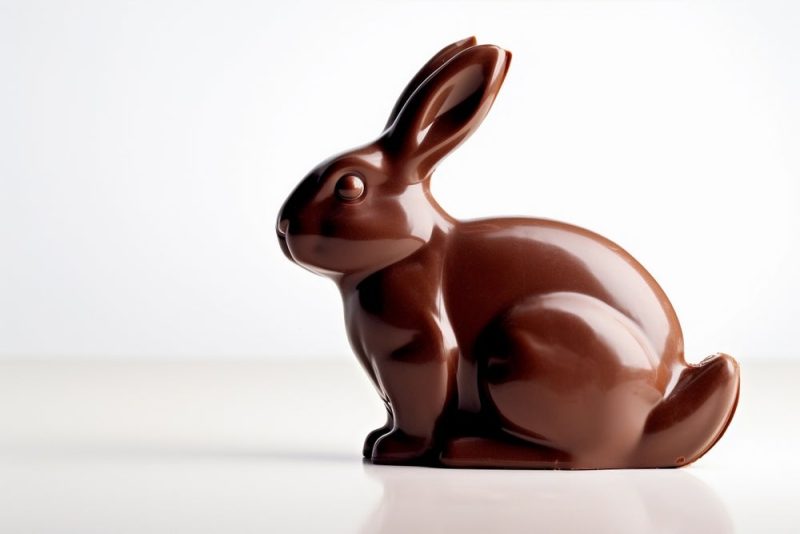
This Easter, the hunt for chocolate bunnies might feel a little more like a treasure hunt, and not in a fun way. The price of your favorite Easter candy is soaring, and it’s not just the usual inflation at play. A perfect storm of tariffs and climate change is threatening to make those chocolate treats a luxury item this year.
For years, the chocolate industry has grappled with the impact of tariffs, particularly those imposed on cocoa beans, a key ingredient. These tariffs have increased the cost of production, forcing companies to pass on those extra expenses to consumers. This isn’t just affecting smaller brands; even giants like Hershey are feeling the pinch and are likely to adjust their pricing accordingly.
Adding fuel to the fire is the increasingly volatile climate. Extreme weather events, from droughts to floods, are wreaking havoc on cocoa crops worldwide. These unpredictable conditions impact yields, making cocoa beans scarcer and more expensive. This directly translates to higher prices for the chocolate bars and Easter eggs we all enjoy.
The combined effect of these factors is a significant price increase for chocolate. While some might be able to absorb the cost, for many families, the rising price of Easter candy could mean smaller baskets or fewer treats altogether. This isn’t just about missing out on a sugary indulgence; it highlights the broader economic and environmental challenges impacting our food supply chain.
So, this Easter, as you’re selecting your sweets, remember the bigger picture. The price tag on that chocolate bunny reflects more than just the cost of ingredients; it reflects the complex interplay of global trade policies and the urgent need for climate action. Perhaps this year, appreciating the smaller, more affordable treat will be a more sustainable and economically conscious choice.









